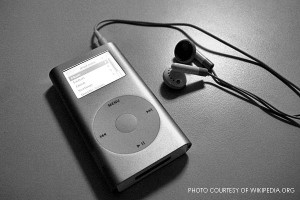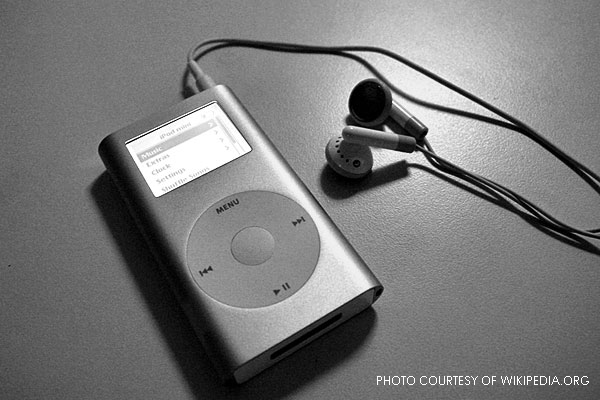
With Chris Martin singing “Yellow” in my ear, I turn up my ipod and set out to conquer my homework. It’s routine for me, as well as many other students, to listen to music while doing homework. While some believe that listening to music is detrimental since it is distracts people from their work, there are plenty of studies that prove music can actually be beneficial.
Music naturally puts people in various moods, be it sad, motivated, or happy. When I listen to music that puts me in a good mood, it is instinctive for me to hum along or tap my feet to the beat. Annie Murphy Paul writes in Time Ideas that music provides people with a “relaxed focus”, placing them in a good mood and helping them work effectively.
I’ve noticed a difference when I listen to music while doing homework–I feel focused and ready to work.
An article in Psychology Today suggests that in a recent study, “people in a positive mood learned to classify items…faster than those in a neutral or negative mood”. An article in Phoenix Forward says that in a study, students who listened to music while studying had “reduced blood pressure, heartbeat and stress.” Therefore, music that puts people in a good mood helps them learn better and faster, without being as stressed.
Studies done by University of Windsor in Canada exhibited the effect of music on the productivity of software developers. The research showed an overall lower performance with the developers when they had no background music.
When background music was played, participants noted the music improved their mood and work ethic. Researchers noted that “this positive change in mood correlated with increased curiosity — an excellent thing to have when doing creative work”. Yet again, music plays a very beneficial role in decreasing stress and improving work.
Another benefit of music is that it helps activate certain parts of the brain. In the same article in Phoenix Forward, a study was conducted in the 90s to prove that music stimulates the brain. “A tempo of 60 beats per minute activates the right hemisphere of the brain, while the material being studied activates the left hemisphere of the brain. With both hemispheres activated, the brain can process information more efficiently.” For reference, “Yellow” by Coldplay has 87 beats per minute, according to the BPM Database.
Classical music from the Baroque Era (1600-1750) has, on average, 60 bpm–meaning that music by artists like Mozart and Bach can activate parts of the brain, increasing memory. in 1993, when an experiment was conducted to show the effect of Mozart’s music on the brain. The experiment, which was later published in Nature magazine, showed an increase in spatial reasoning when people listened to Mozart. Spatial reasoning is the ability to visualize patterns and manipulate them mentally, often used in subjects such as psychology and computer science. The results of the famous experiment were later called the “Mozart Effect.”
An article in Science Daily described the effect symphonies have on memory. Researchers from the Stanford University School of Medicine looked at brain images of people listening to short symphonies by an 18th century composer. They found that “music engages the areas of the brain involved with paying attention, making predictions and updating the event in memory”, so again classical music helps with memory.
While classical music stimulates the brain more so than modern music, I’ll stick to Coldplay as I complete my homework.

Leave a Reply